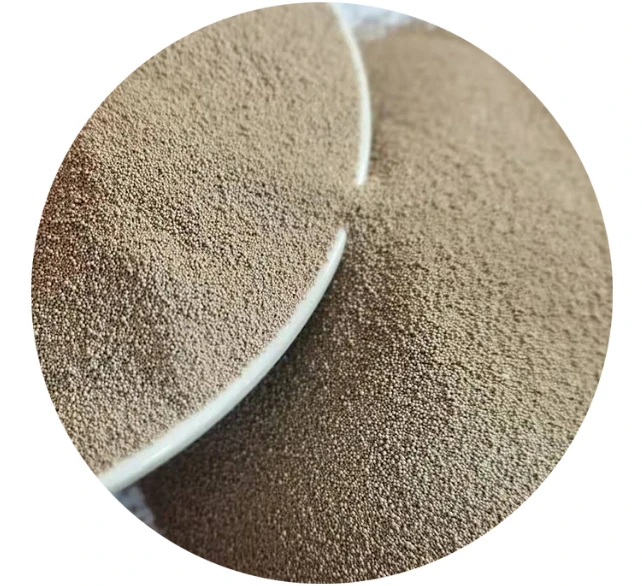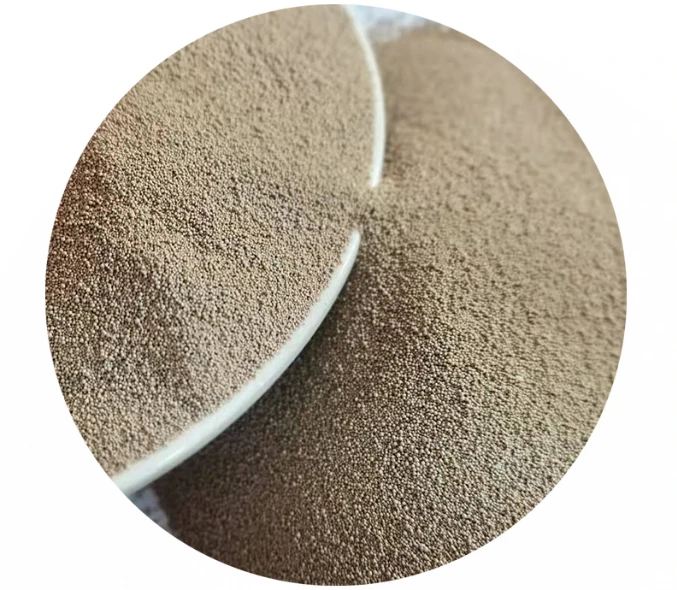

Resin Sand Casting emerges as a preferred choice for casting requiring high precision and strength. The resin-coated sand enhances the mold stability and yields an excellent surface finish with reduced defects. Despite being more expensive, the method's ability to produce large, precision-engineered parts, such as turbine blades and pump casings, demonstrates its specialized applicability and underscores industry trust in producing high-stakes components. In addressing economic and environmental considerations, No-Bake Molding represents an innovative take on reducing resource waste. Utilizing a chemical binder that hardens the mold at room temperature, this approach eliminates the need for heating, resulting in energy-efficient production. The process’s environmental merits align with the industry's shift towards sustainability, while its reliability and efficacy bolster confidence among manufacturers aiming for eco-friendly practices without compromising output integrity. Lastly, in areas requiring ultra high-fidelity molds, such as artistic casting or prototype manufacturing, Precision Sand Casting offers an advanced solution. By blending fine-grained sands with urethane binders, this technique provides unparalleled accuracy and surface detail, catering to the precise specifications demanded in high-tolerance industries. The landscape of sand casting is rich and varied, deeply embedded in industry practices through its proven track record and continuous innovations. Each type of sand casting offers unique capabilities tailored to meet specific production demands, affirming the process’s entrenched authority and expertise within manufacturing realms. This assortment not only illustrates sand casting's diverse applications but also supports environmentally and economically sustainable manufacturing, tapping into the trust that industries place in these time-honored yet ever-evolving techniques. Post time:ఫిబ్ర . 20, 2025 12:55
Next:Kaist SuperSand for foundries
